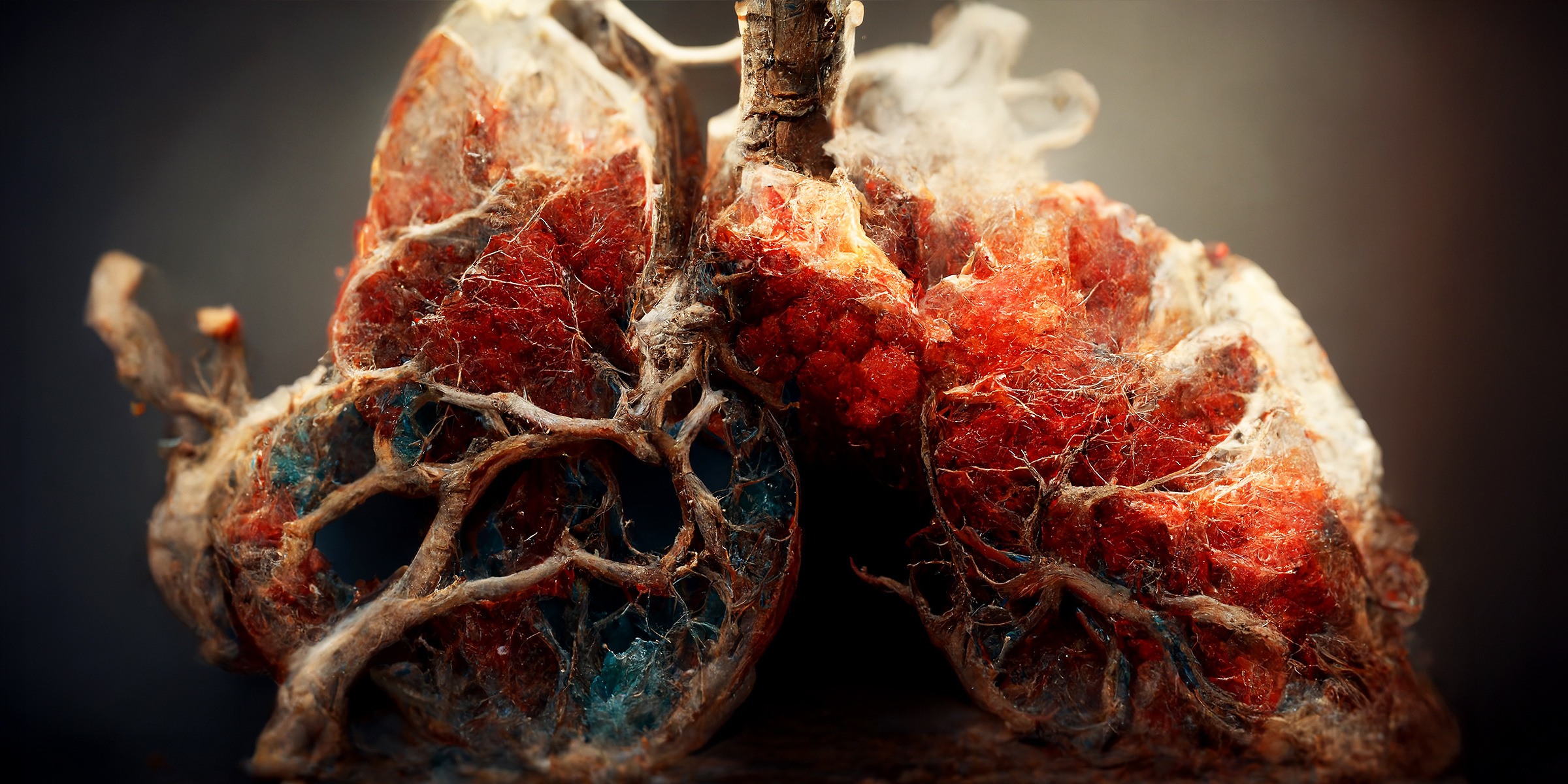
Experts Ring the Alarm Over 'Popcorn Lung' Caused by Vaping — Details
Buttery popcorn and vaping. The common thread? A toxic chemical legacy that may be leaving young lungs scarred for life.
Popcorn lung — the name may be quirky, but the condition it describes is anything but. As brightly colored vape pens and candy-like flavors lure the youth, doctors are seeing a rise in respiratory complications.

Different e-cigarettes and vapes | Source: Getty Images
Experts are now sounding the alarm, warning that behind the clouds of mango mist and cotton candy vapor lies a chemical danger that bypasses the body's defenses and heads straight for the lungs.
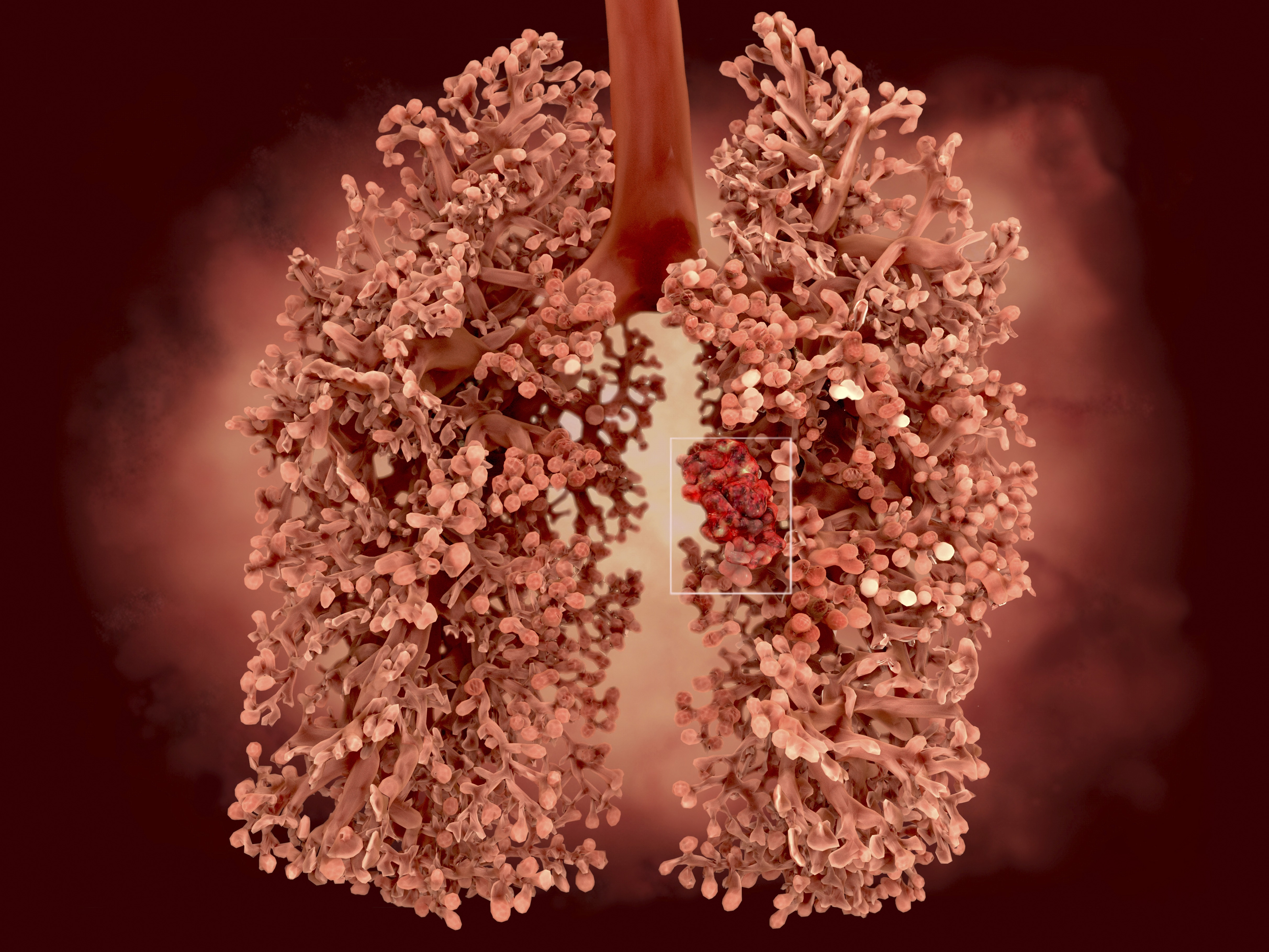
Artwork of a human lung and bronchi. | Source: Getty Images
The Hidden Danger Behind the Vapor
A teenager in the United States made headlines after developing a rare lung disease known as popcorn lung following three years of secret vaping. The condition, officially called bronchiolitis obliterans, is serious, permanent, and incurable.
It causes inflammation and scarring in the smallest airways of the lungs, making breathing difficult and often resulting in symptoms like constant coughing and shortness of breath.

A man coughing into his arm | Source: Pexels
The nickname "popcorn lung" dates back to the early 2000s, when factory workers who produced microwave popcorn began falling ill after being exposed to a chemical called diacetyl.
Used to create a buttery flavor, diacetyl was later identified as the trigger for severe lung damage in those exposed to it over time. The same chemical has since been found in some vaping liquids.

A person holding vape pens | Source: Pexels
When heated and inhaled, diacetyl becomes toxic. It inflames and scars the bronchioles — the tiniest air passages in the lungs — making airflow increasingly restricted.
While diacetyl has been banned in e-cigarette products in the EU and the UK, it remains legal in the United States and other regions. Illicit vape products, which often bypass safety regulations, pose an even greater risk.
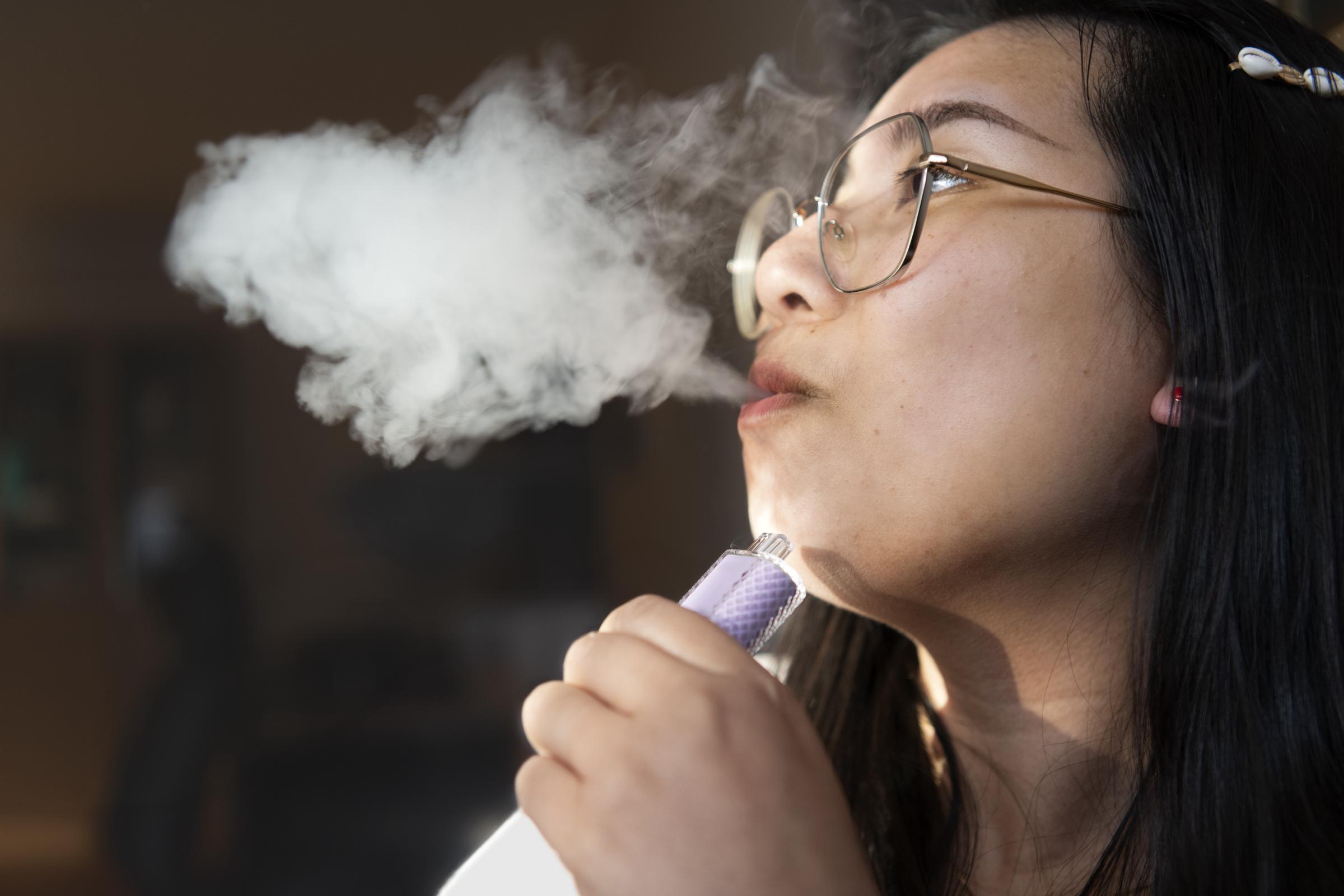
A woman vaping | Source: Getty Images
Worryingly, diacetyl isn't the only concern. Other hazardous chemicals linked to popcorn lung include acetaldehyde, formaldehyde, ammonia, sulfur dioxide, chlorine, hydrochloric acid, and even fumes from metal oxides.
The presence of these chemicals in e-cigarette vapor has been documented, and when inhaled regularly, they may trigger the same damaging effects.
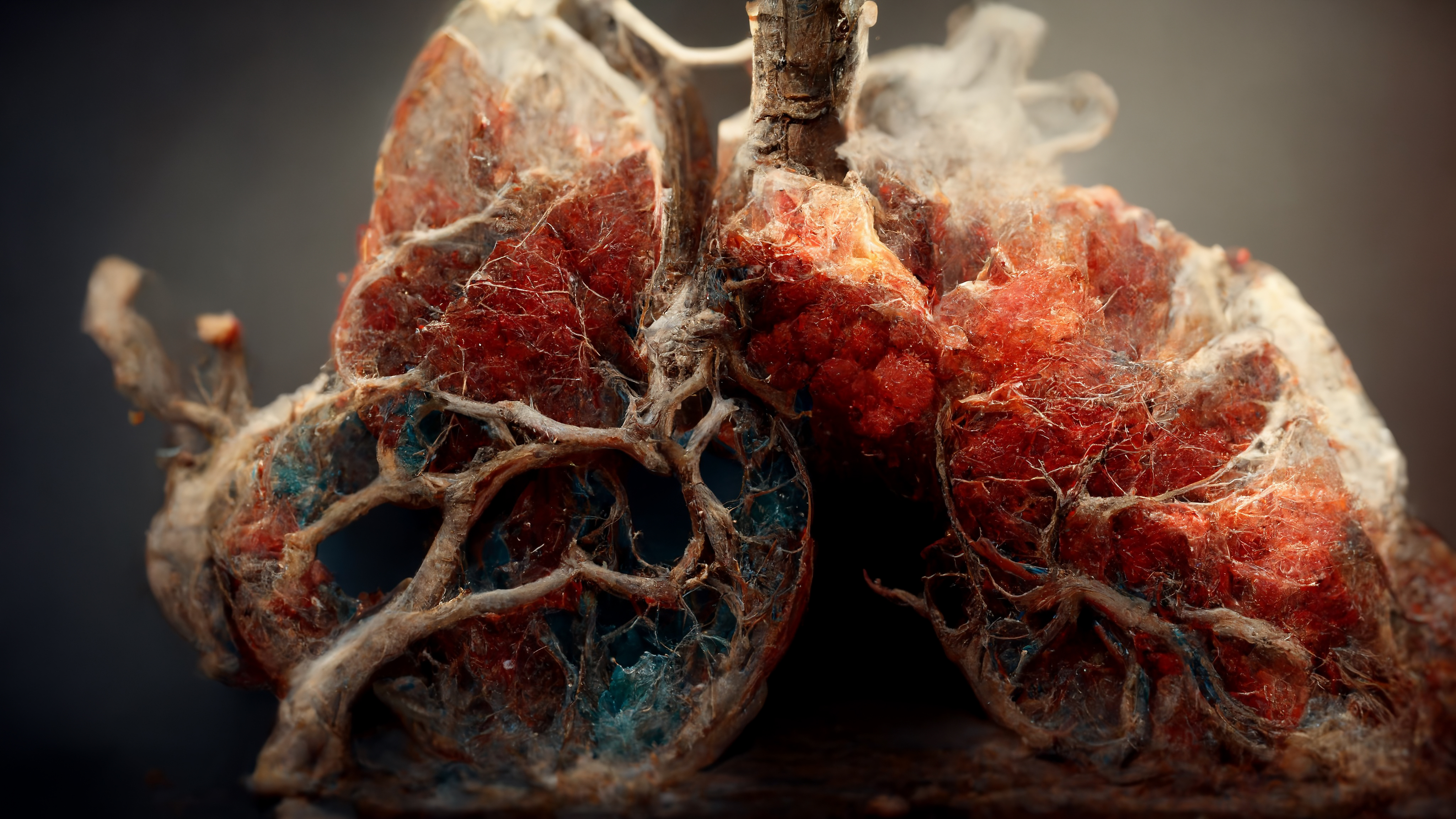
A detailed look at human lungs as a 3D render with smoke and fire around them showing the concept of what smoking does to your body. | Source: Getty Images
Even in vape liquids that don't contain diacetyl, replacement flavoring agents like acetoin and 2,3-pentanedione may carry similar dangers. According to experts, over 180 different flavor compounds are used in e-cigarette products.
Once heated, many of these break down into new chemicals — some of which have never been studied for safety when inhaled. This creates a risky and unpredictable mix every time a person vapes.
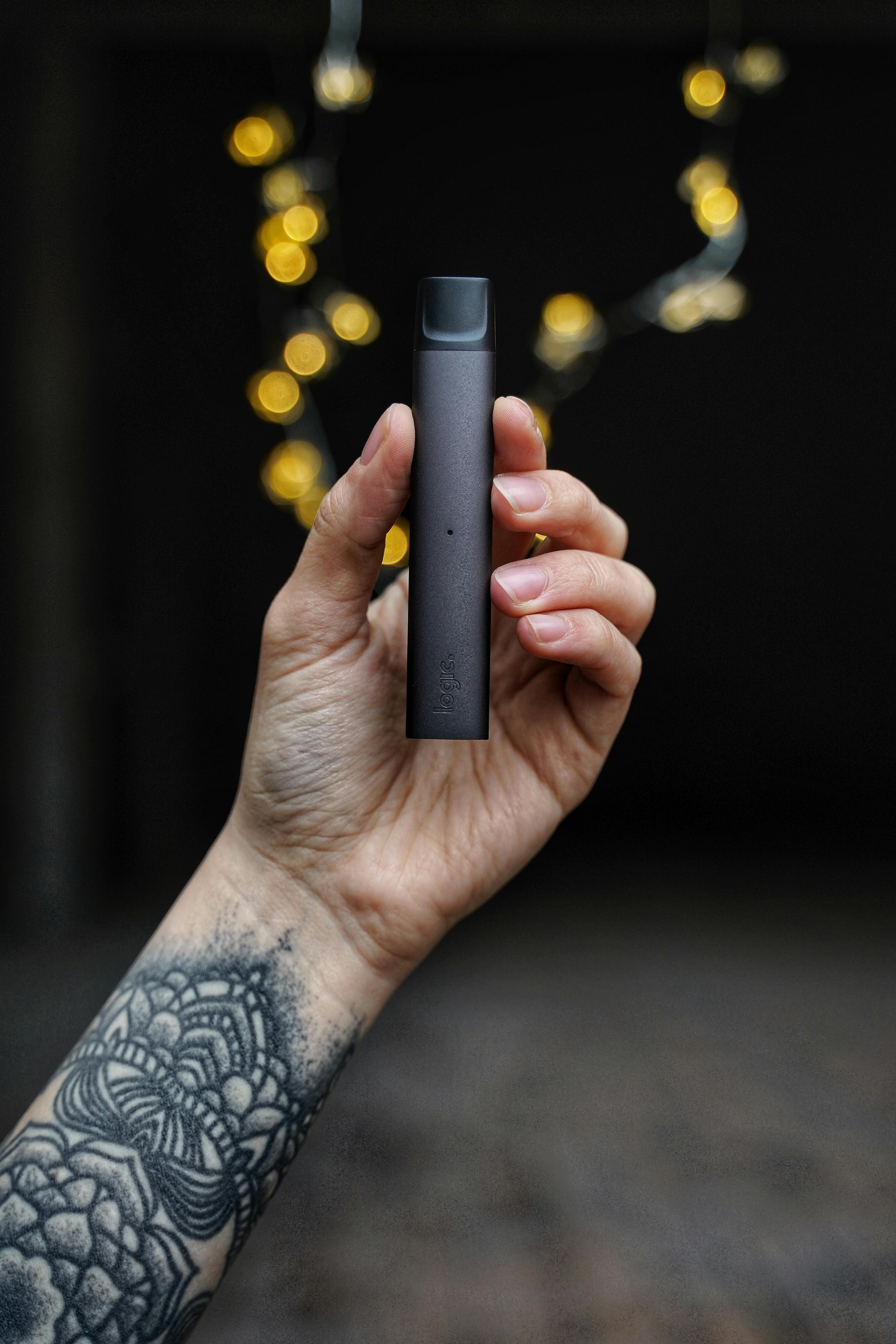
A person holding a vape pen | Source: Pexels
Popcorn lung has also been linked to other causes, including certain infections (like respiratory syncytial virus and specific forms of pneumonia or bronchitis), autoimmune disorders such as rheumatoid arthritis, and complications in organ transplant recipients.
In all these cases, what remains constant is the damage to lung tissue and the narrowing of airways. However, symptoms don't always appear right away.
In the early stages, someone with popcorn lung might feel fine, only to later experience symptoms such as a persistent cough, breathlessness during physical activity, wheezing, or excessive tiredness.
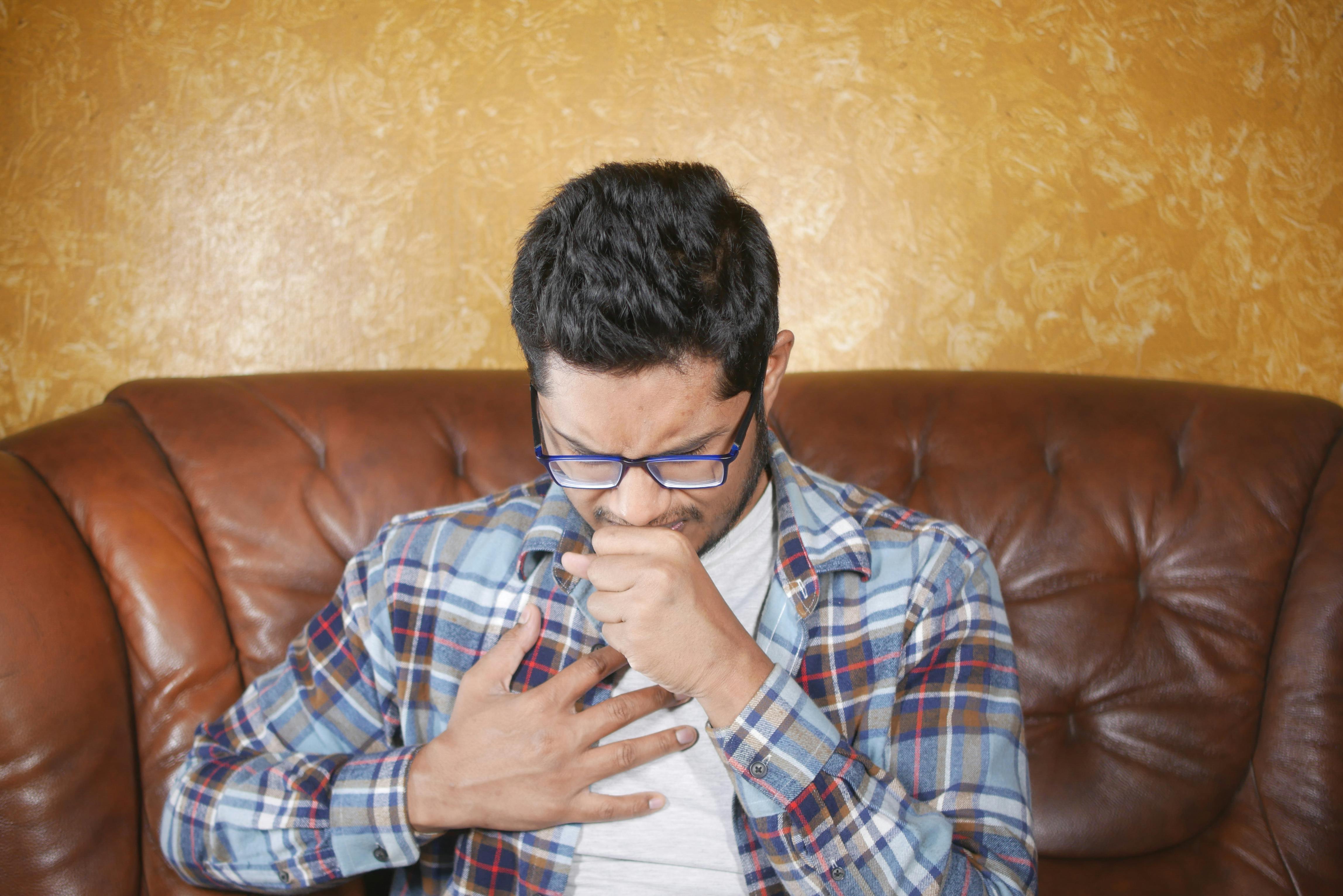
A man holding his chest as he coughs into his hand | Source: Pexels
In some instances, people may develop fevers, night sweats, rashes, or produce mucus when coughing. There is no known cure for popcorn lung. Once the lungs are damaged, the only options are treatments that ease symptoms and slow the disease's progression.
Because of this, avoiding exposure to harmful chemicals in the first place is the only reliable form of protection. Still, for many teens and young adults lured by the promise of flavored vape products, that kind of prevention is not as easy as it sounds.
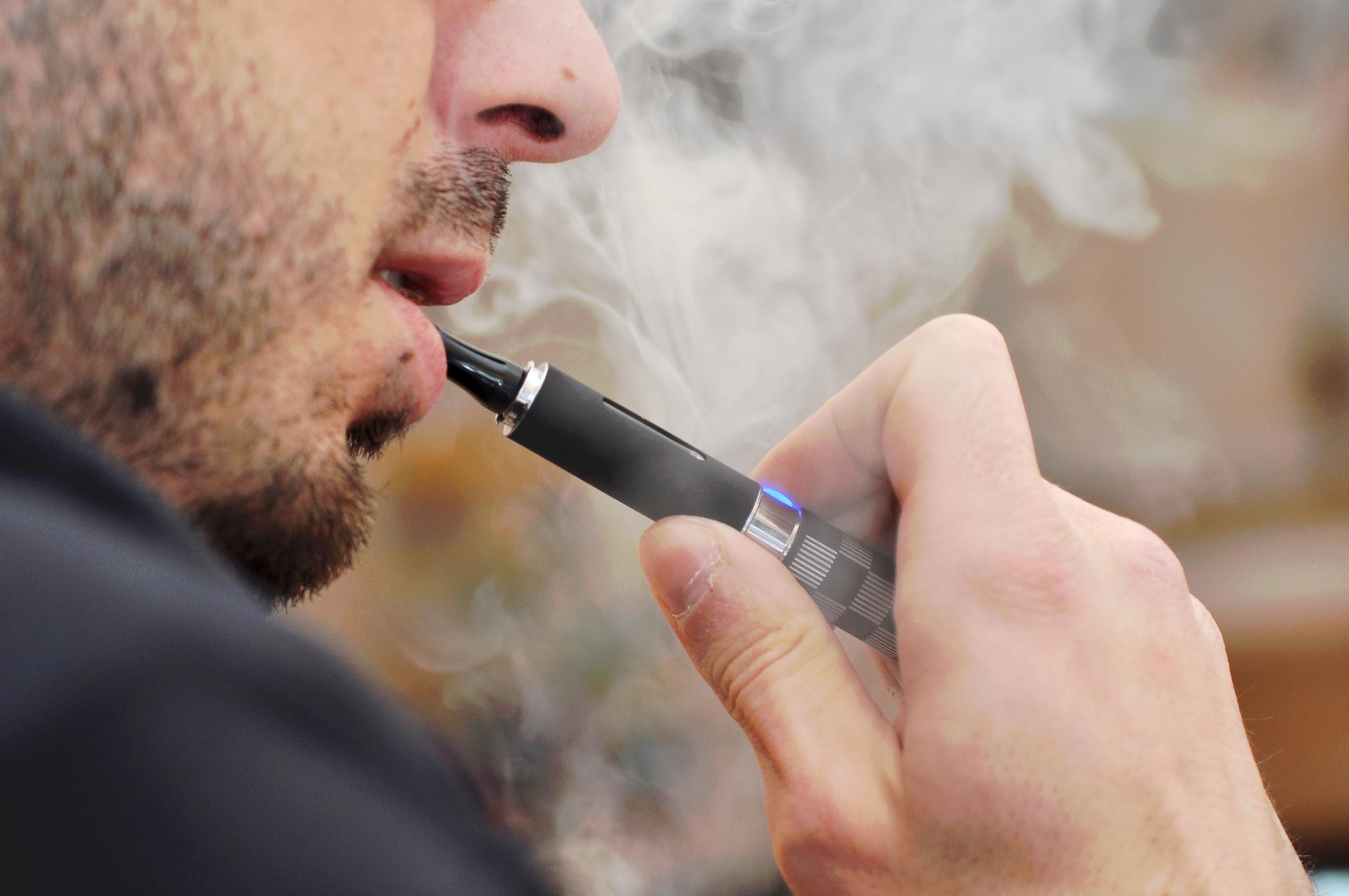
A man smoking a vape | Source: Getty Images
Slick Flavors, Serious Risks – How the Vaping Industry Hooks Young Users
Vaping has become especially popular among teenagers and young adults, in large part due to the dizzying variety of flavored products on the market.
From bubblegum and cotton candy to mango ice and cherry cola, these options are designed to be enticing, and they work. In the United States in 2024, e-cigarettes and vapes were the most commonly used tobacco products among youth.
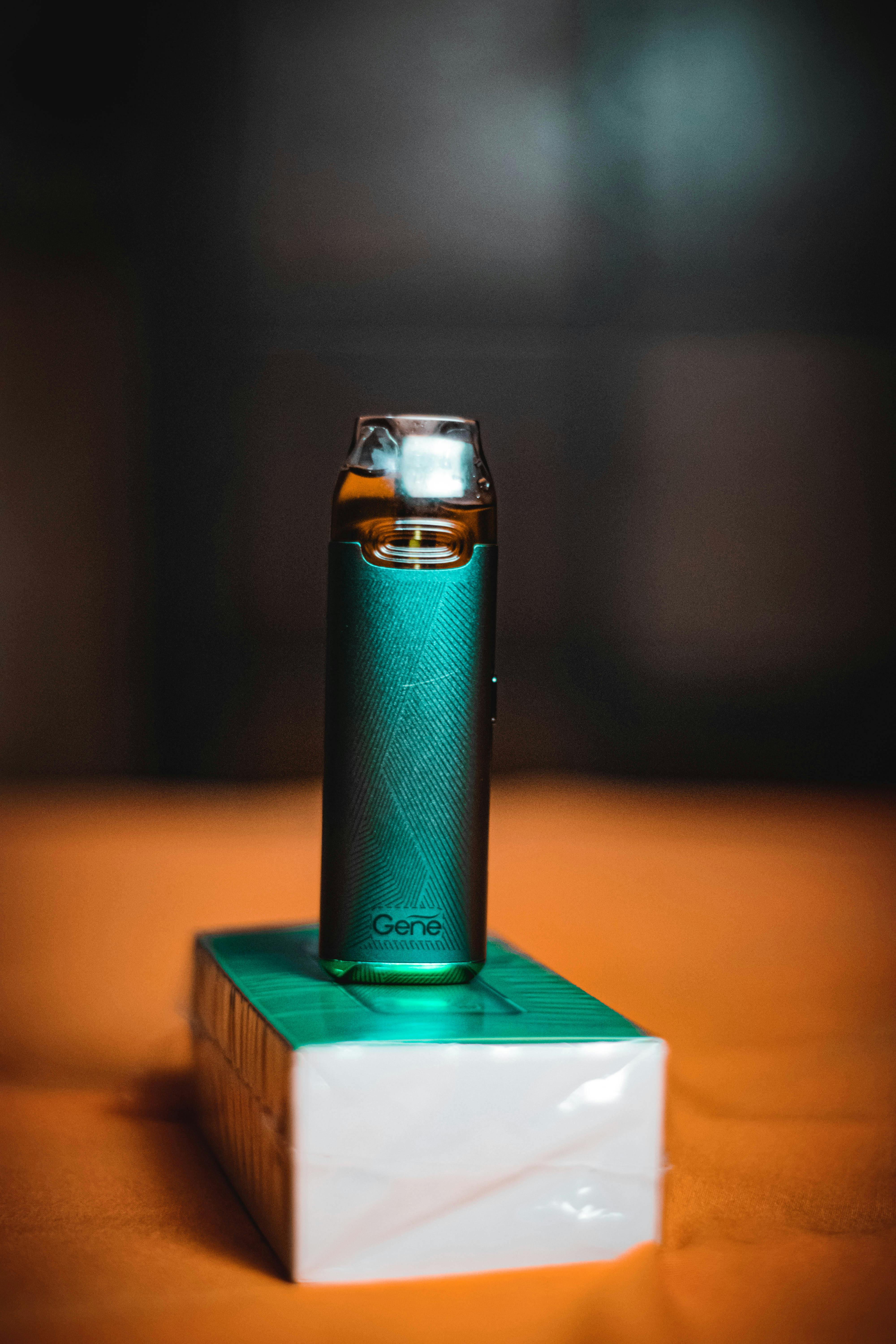
A vape pen | Source: Pexels
However, what many don't realize is that these sweet-smelling clouds carry more than just flavor. Behind the marketing lies a deeper concern — the way vaping appeals to, and ultimately traps, the younger generation.
Data from 2024 shows that among U.S. high school students who used tobacco products, more than one in three reported using more than one type — whether vapes, cigarettes, or cigars. The same was true for middle schoolers.
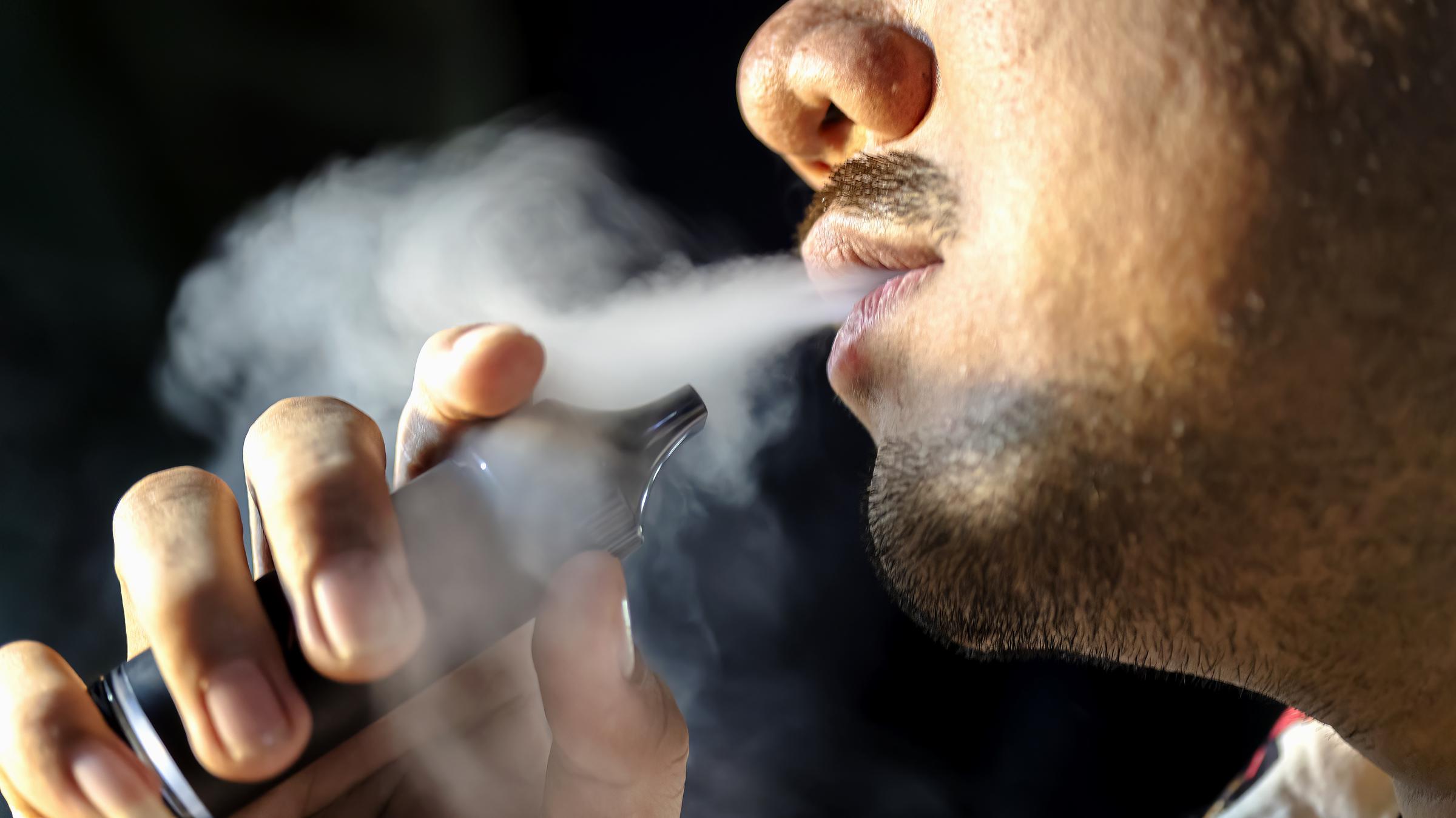
A man vaping | Source: Getty Images
This pattern, known as dual use, increases the risks associated with nicotine and chemical exposure. It also suggests that vaping isn't replacing traditional tobacco, it's joining it.
The attraction often starts with the flavors. However, while many of the chemicals used to create these tastes are safe to eat, that doesn't make them safe to inhale.
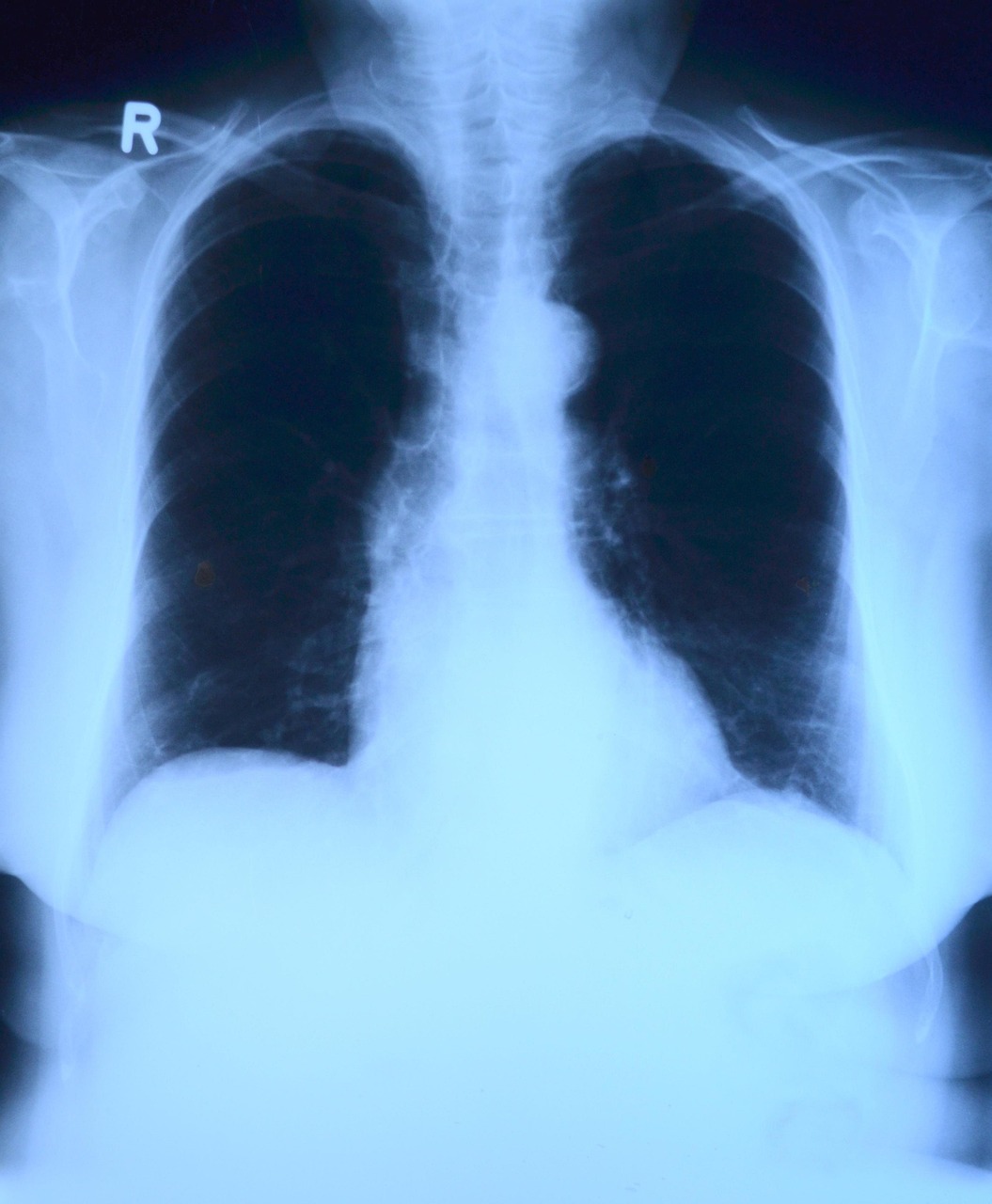
An x-ray of lungs | Source: Pixabay
There's a critical difference in how the body processes chemicals depending on how they enter the system. When consumed as food, chemicals pass through the digestive system and are filtered by the liver before they reach the bloodstream.
This process limits how much harm they can cause. In contrast, when inhaled, as is the case with vaping, these substances bypass the body's natural defenses. They travel directly into the lungs and then into the bloodstream, delivering compounds to vital organs like the heart and brain in seconds.
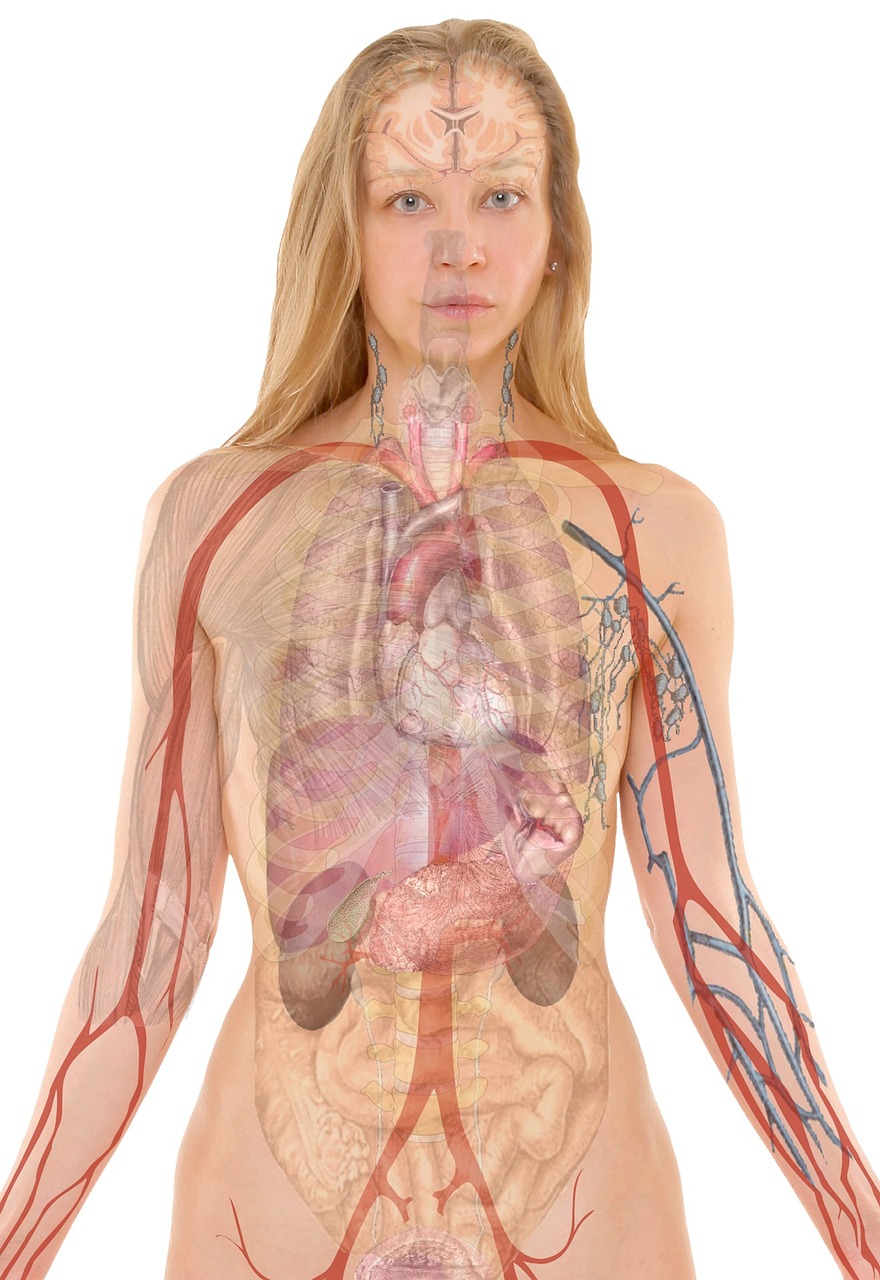
An illustration of a female's anatomy | Source: Pixabay
This distinction is what made the original popcorn lung cases so tragic. Eating butter-flavored popcorn caused no harm. Inhaling the flavoring chemical diacetyl, however, led to irreversible lung damage.
The same principle now applies to vape liquids, many of which contain a similar range of compounds. New research is adding weight to those concerns.
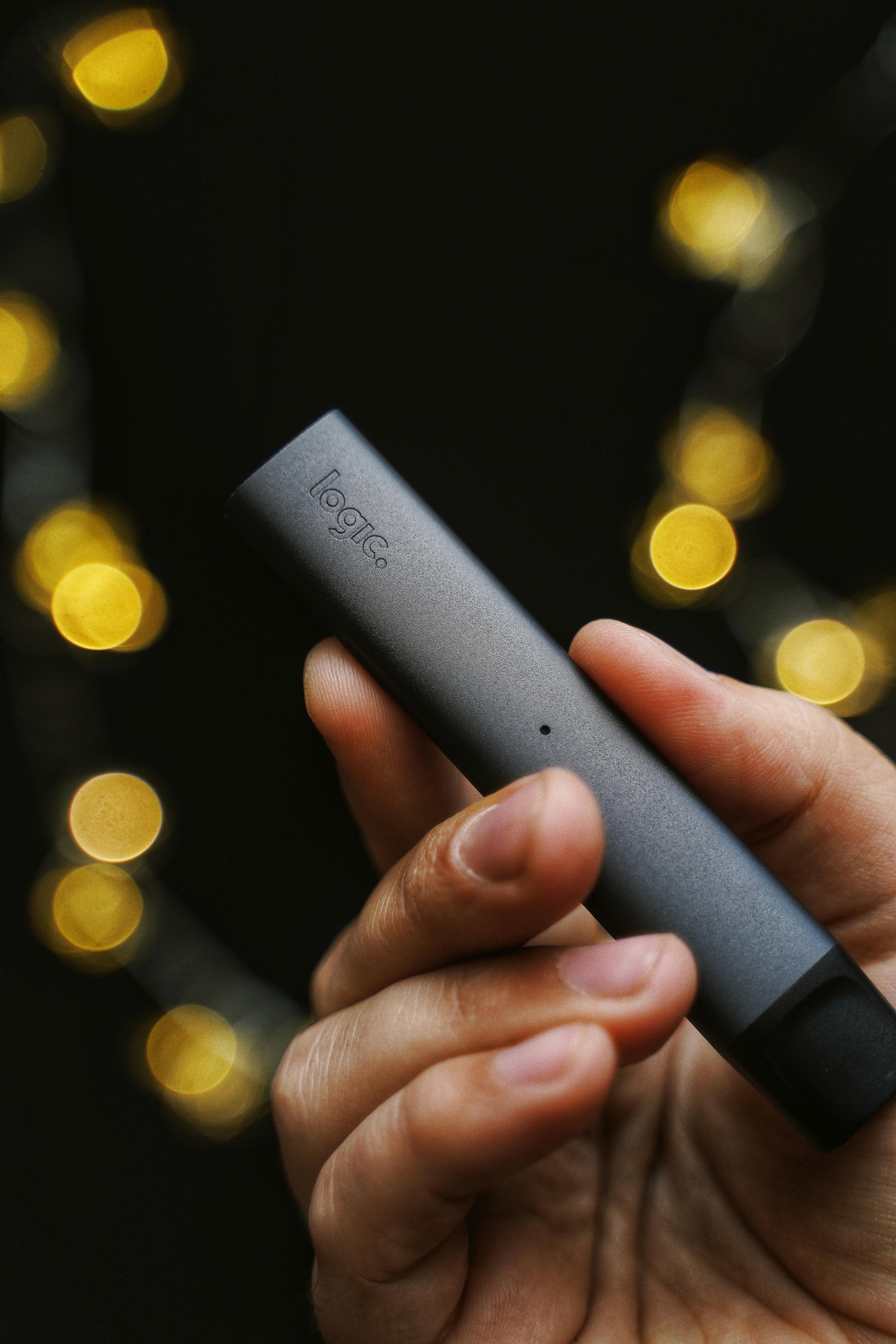
A person holding a vape pen | Source: Pexels
A large international study found that teenagers who vape report more respiratory symptoms, even after accounting for whether they also smoke traditional tobacco.
Certain variables — like how often they vape, the types of flavors used, and whether they're using nicotine salts — were all linked to increased symptoms.
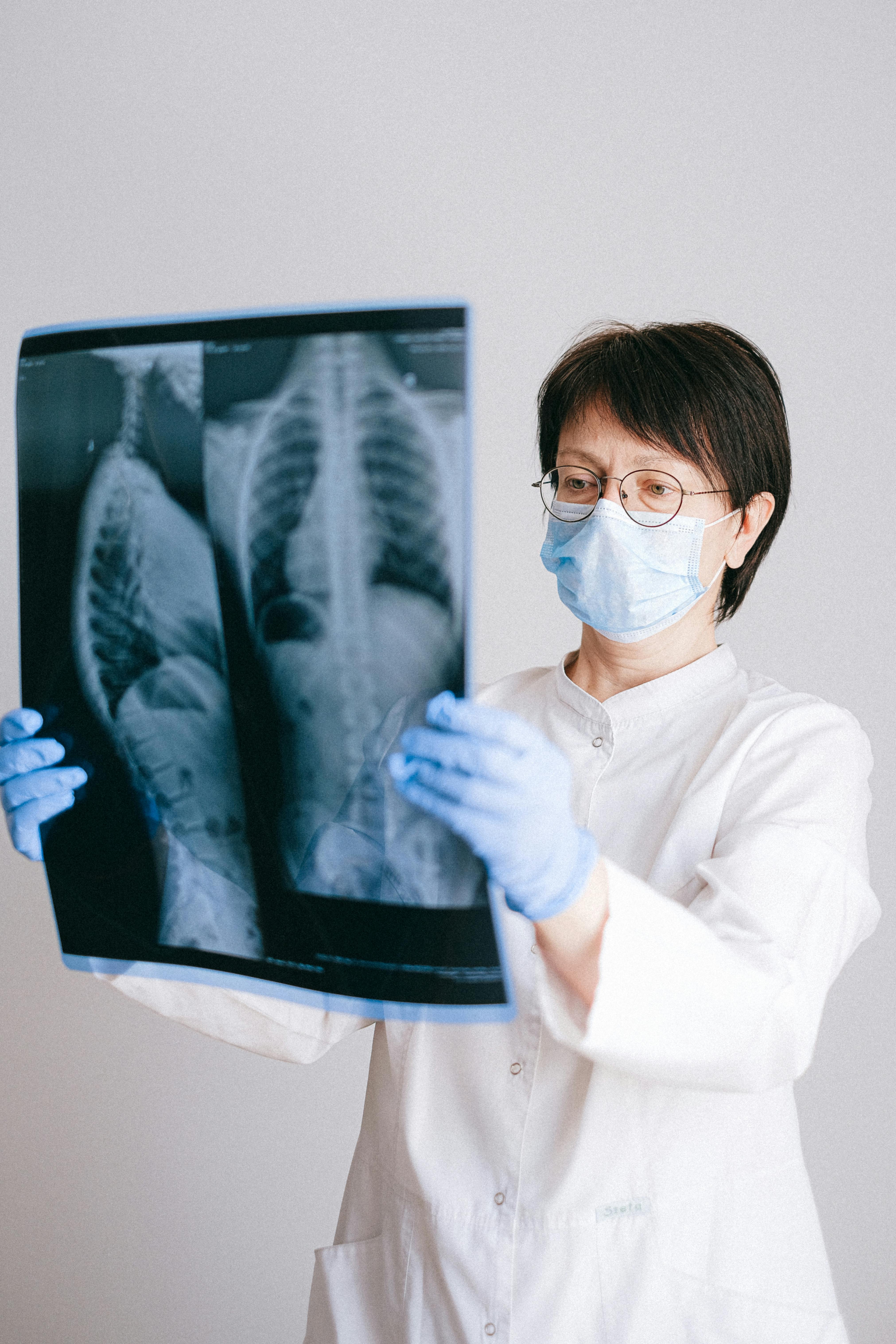
A medical professional looking at an x-ray of lungs | Source: Pexels
The evidence points to a clear pattern — the more exposure, the more likely young users are to experience negative health effects. In many ways, history is repeating itself.
Just as exposure to toxic chemicals forced changes in workplace safety for popcorn factory workers, the growing body of research around vaping is calling for updated regulation, this time to protect the lungs of the next generation.
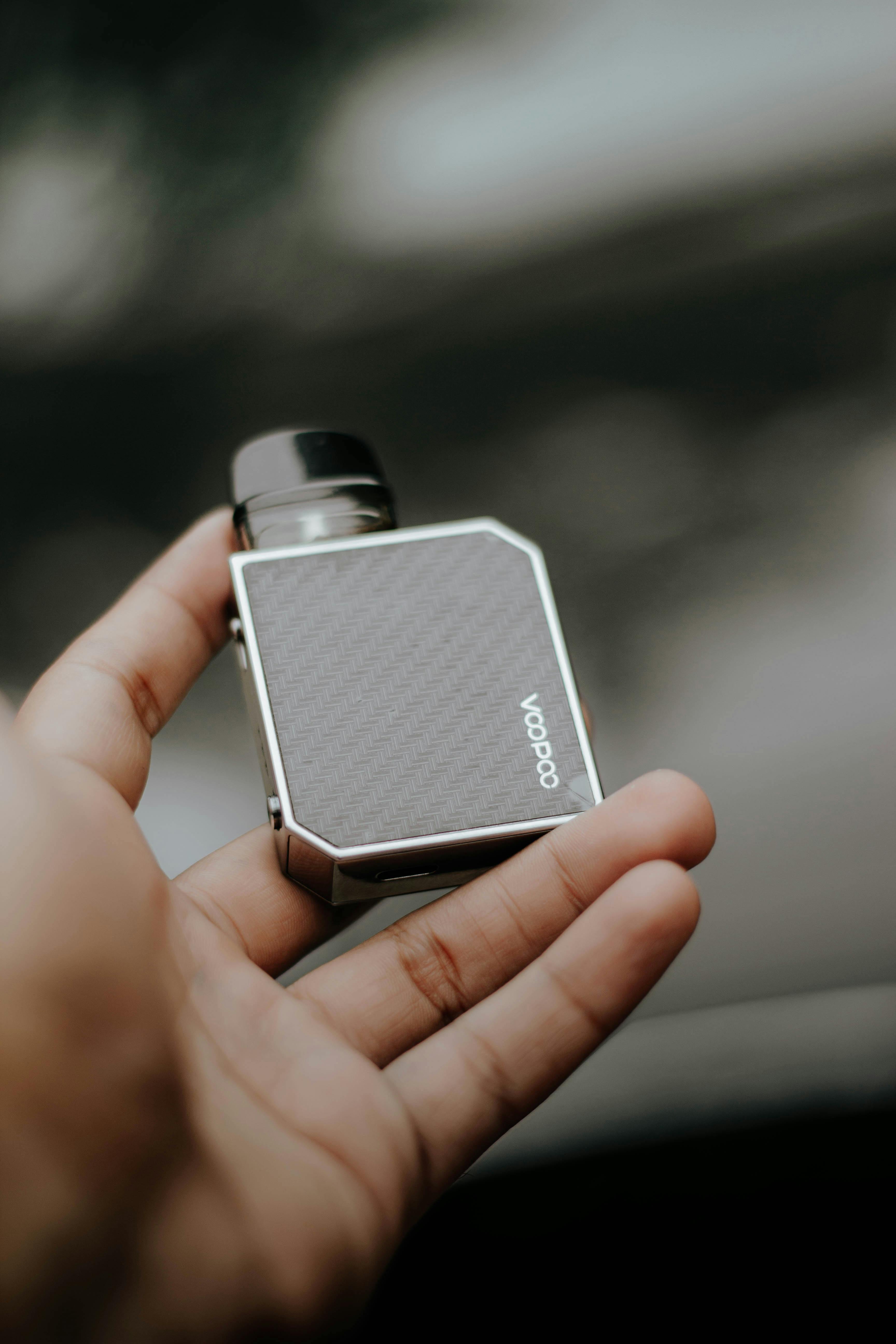
A vape | Source: Pexels
Life After Diagnosis – Preventing and Managing Popcorn Lung
Popcorn and vaping might seem unrelated, but they share a dangerous common ground — inhaled chemicals never meant to enter the lungs. What makes these substances hazardous isn't their use in food, it's how they behave when heated and inhaled.
The transformation from safe to toxic happens quickly, and the damage they cause can last a lifetime. Learning from the past could help avoid repeating it. The tragedy of factory workers harmed by diacetyl exposure led to improved workplace safety regulations.
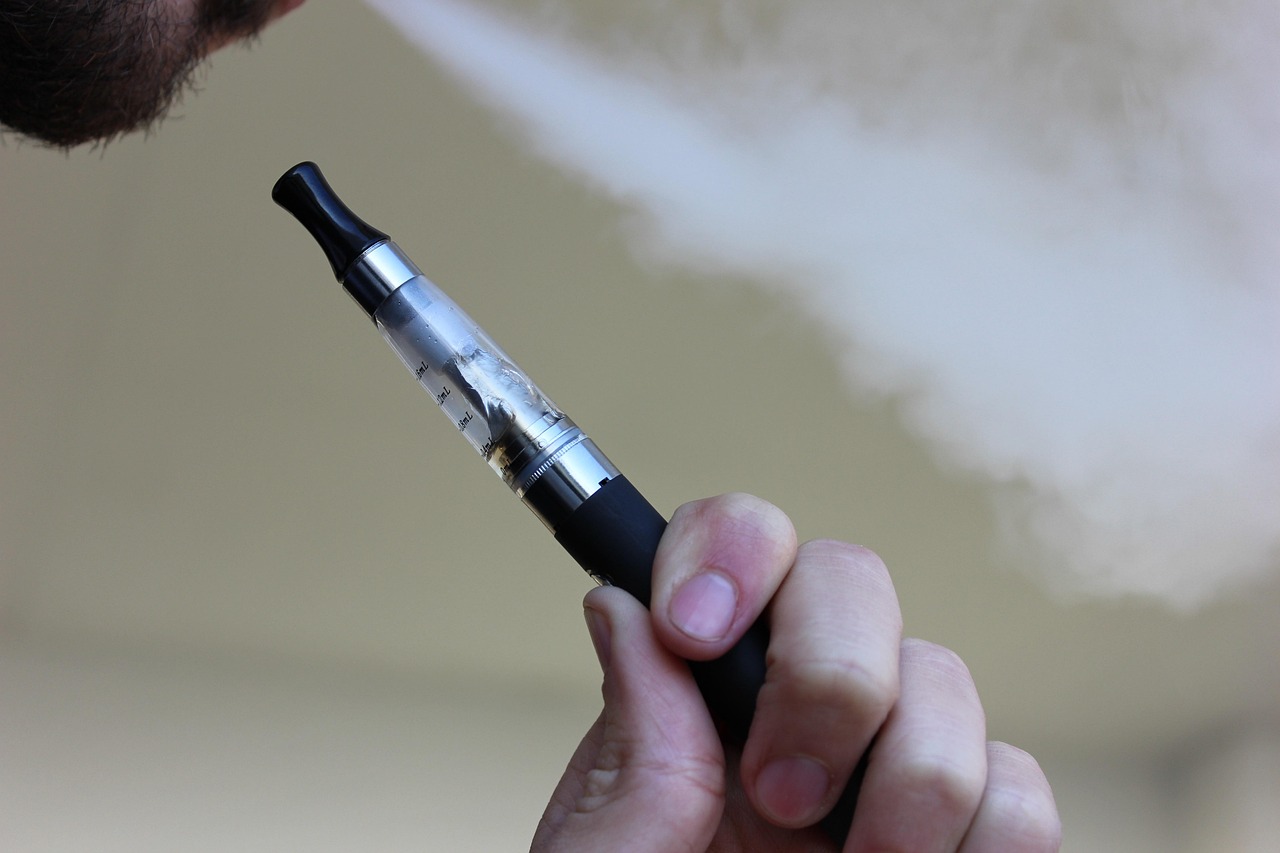
A man holding a vaping pen | Source: Pixabay
Those same lessons now apply to vaping. With stronger oversight, clearer labeling, better ingredient testing, and public education, future harm could be reduced, especially among young users.
But until change happens on a broader scale, prevention falls to individuals and families. Stories like the American teen diagnosed with popcorn lung remind us that something as seemingly harmless as a flavored vape can carry serious, irreversible consequences.
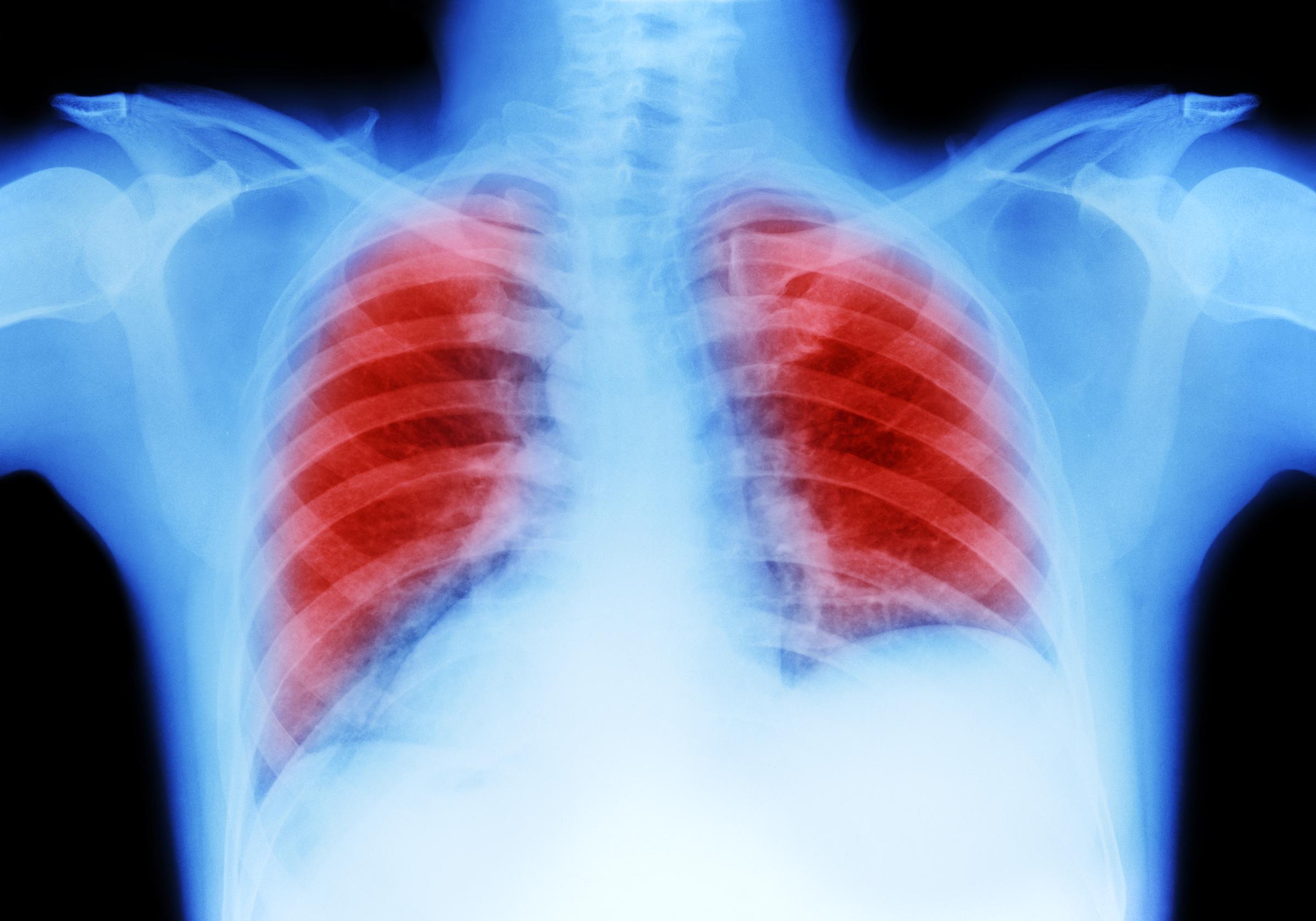
An x-ray of lungs | Source: Getty Images
For those already living with popcorn lung, early diagnosis is key. The disease may not always be reversible, but prompt treatment can help slow its progression and ease symptoms. The first and most important step is avoiding further exposure. That means quitting vaping or smoking.
Treatment plans vary depending on the severity of the condition. Doctors may prescribe corticosteroids like prednisone to reduce inflammation or inhalers containing medications such as albuterol to improve breathing.

A woman taking a breath in | Source: Getty Images
Some patients may require oxygen therapy. In extreme cases, where lung damage is extensive and life-threatening, a lung transplant may be considered, but this is only an option when all other treatments fail.
Reducing the risk of developing popcorn lung starts with protecting your lungs. Avoid vapes, e-cigarettes, and tobacco altogether. Steer clear of secondhand smoke and limit time in polluted environments. Preventing infections is also critical.

A patient during a doctor's visit | Source: Pexels
Follow your healthcare provider's vaccine recommendations, avoid sick individuals, and wash your hands regularly. For those in occupations involving chemical exposure, wearing personal protective equipment isn't optional — it's essential.
If you've been diagnosed, long-term care includes avoiding pollutants and smoke, managing other health conditions like acid reflux, and getting immediate treatment for infections.
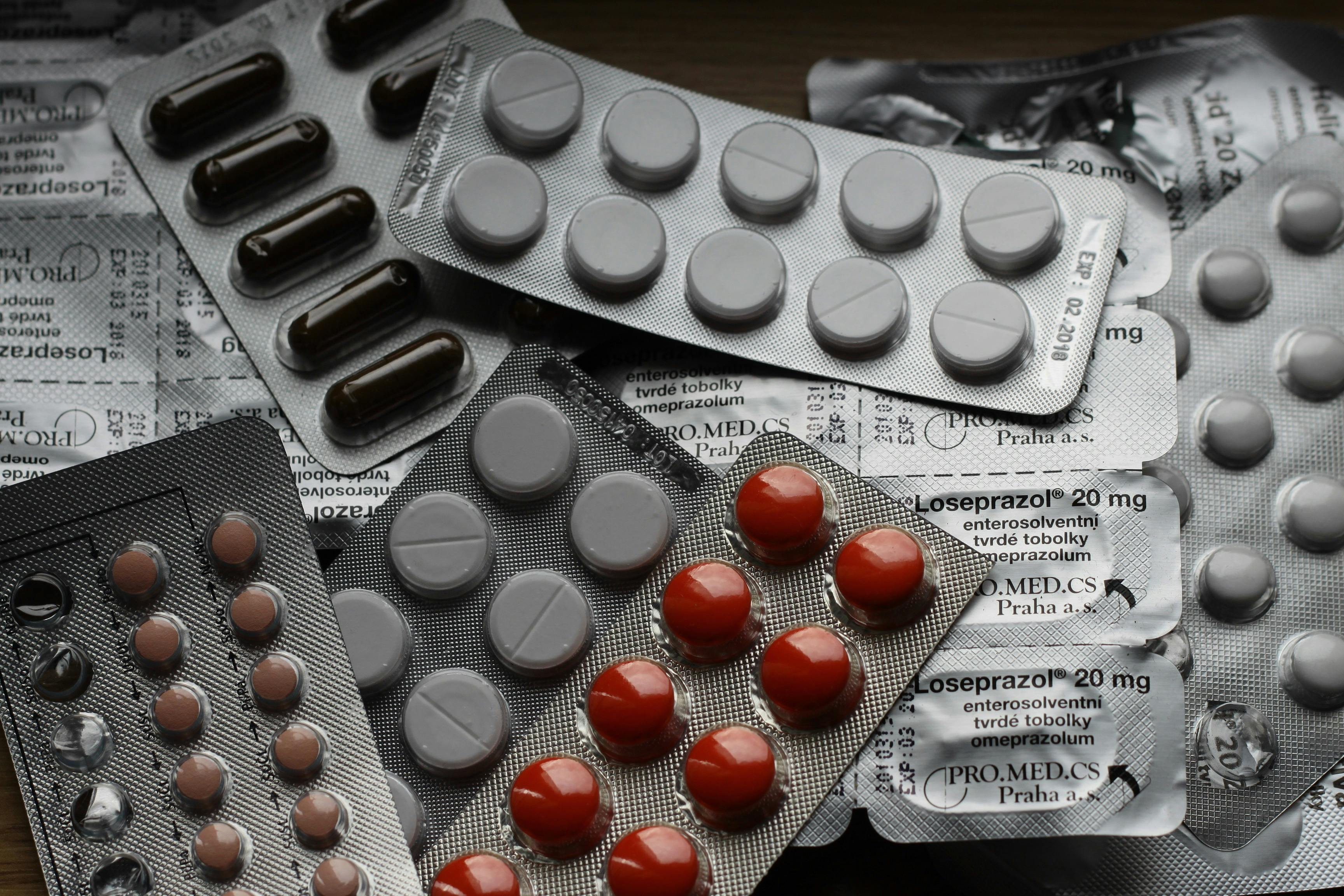
Different types of medication | Source: Pexels
Staying on top of prescribed medications and following up with your healthcare provider can make a big difference in quality of life. Furthermore, living with a chronic illness isn't easy, but you don't have to go through it alone.
Support groups can offer a sense of community and shared experience, not just for those with the disease but for their loved ones too. Connecting with others who understand what you're going through can bring insight, encouragement, and some much-needed relief.
The information in this article is not intended or implied to be a substitute for professional medical advice, diagnosis or treatment. All content, including text, and images contained on news.AmoMama.com, or available through news.AmoMama.com is for general information purposes only. news.AmoMama.com does not take responsibility for any action taken as a result of reading this article. Before undertaking any course of treatment please consult with your healthcare provider.
